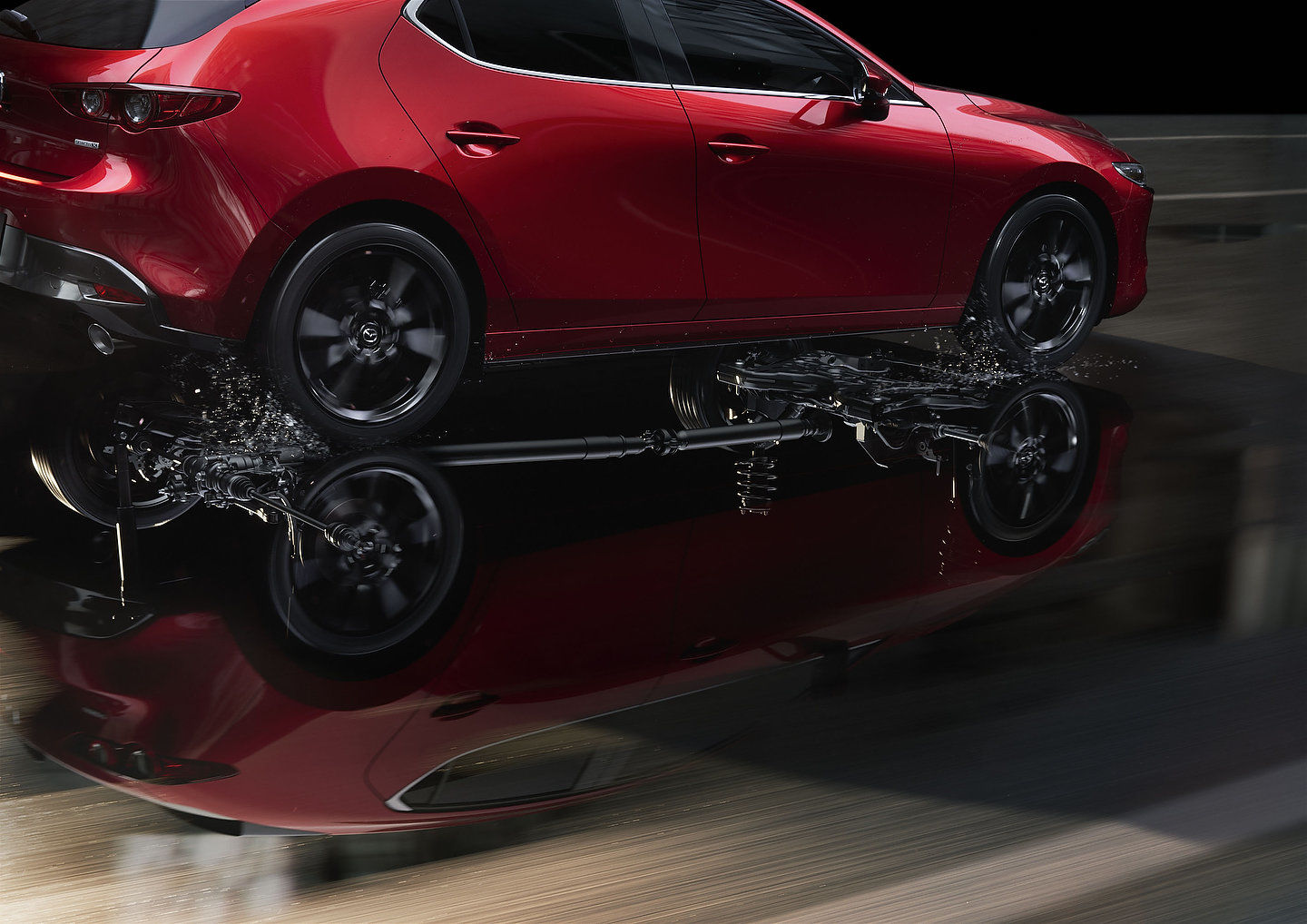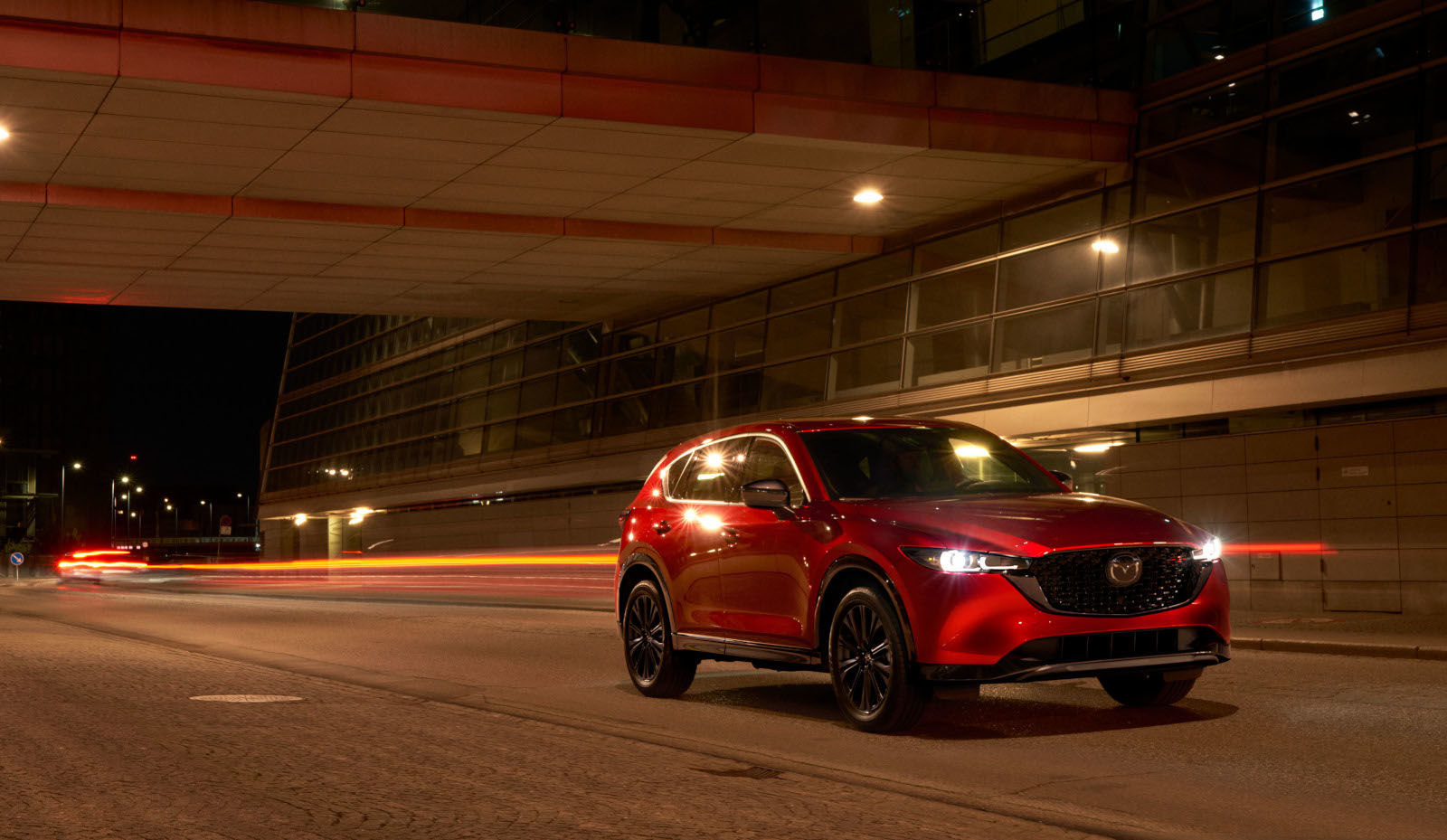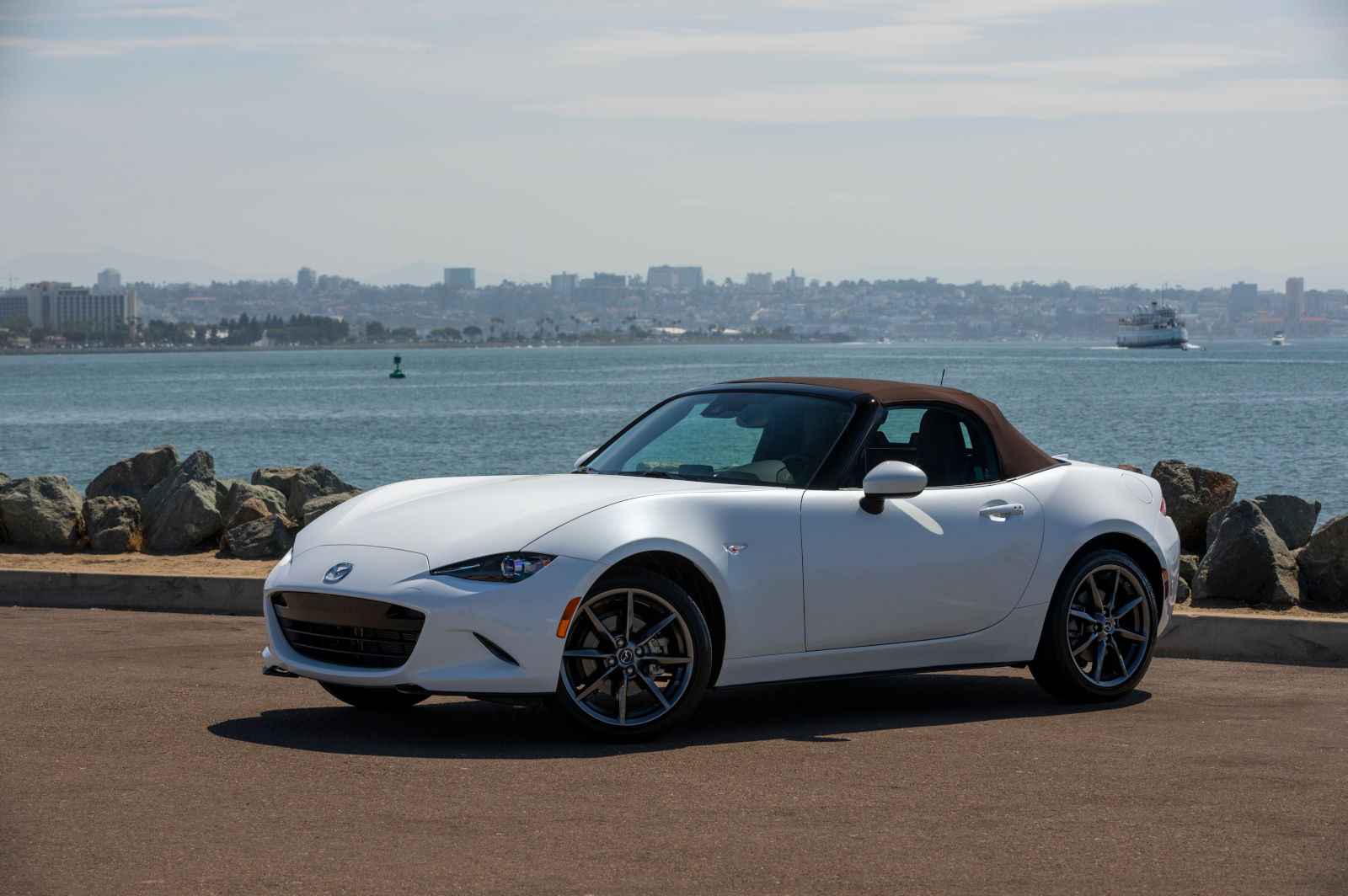Understanding Mazda’s G-Vectoring Control
June 26 2020,

Mazda has a ton of exclusive technologies in its lineup, from the SKYACTIV engine to i-ACTIVESENSE to G-Vectoring Control. But what is G-Vectoring Control exactly and how can it benefit you? Like everything Mazda does, the goal is the make the drive more enjoyable.
G-Vectoring Control is designed to replicate what professional racers do when approaching a corner. The goal is to increase load on the front tires to stabilize the vehicle. GVC uses the engine’s torque to do that, except it actually slows down the vehicle slightly when it senses that the steering wheel is turning. Everything happens without the driver noticing, but the end result is a more stable vehicle.
Think of it this way. When you approached a corner at low speeds, GVC detects the movement of the steering wheel and springs into action, adjusting the engine’s torque. That results in the wheels getting more load which means they stabilize. The car feels more planted and controlled, and the driver and passenger don’t move around as much. On the highway, your steering wheel will remain stable even when going over bumps and imperfections in the road, improving highway comfort.
Ultimately, GVC is a subtle technology that has big implications on improving comfort.






